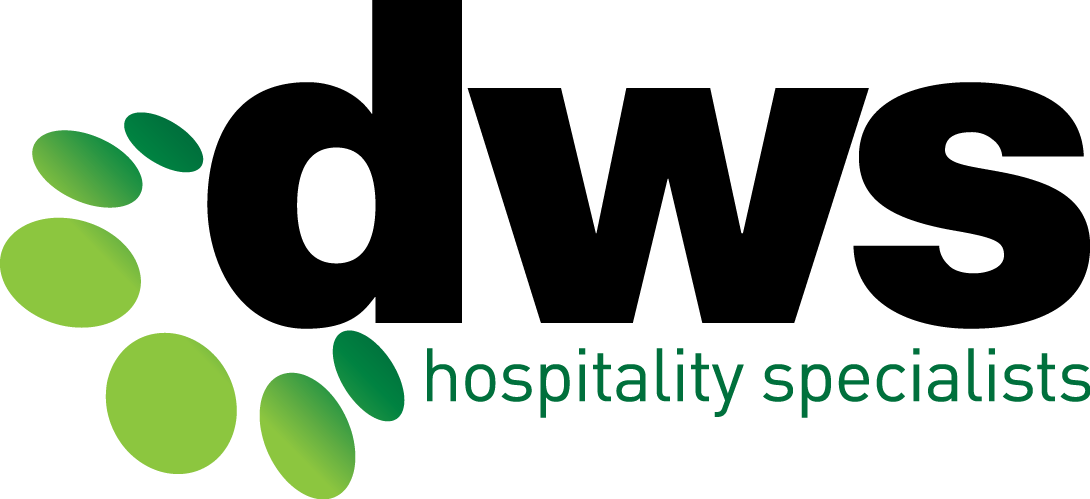With the notable softening of bar and poker machine gaming demand in recent months, Clubs and Pubs are looking at all ways to gain a competitive advantage. The best avenue to derive some levels of gain in a period where growth isn’t assured is to win revenue market share from competitors and to improve productivity of staff.
Staff costs for Clubs and Pubs total around 20% of revenues. It’s not only the biggest single cost item, but also the most important resource for any business. Your staff members influence all areas of your business; they greet customers, serve them, deal with queries, prepare their food, handle their money, and manage and administer the business.
A simple 5% improvement in staff productivity for most venues will result in a 15% improvement in profit.
Training and development of staff undoubtedly leads to better productivity through improved technical and managerial skills and better morale within the workforce. The creation of a “culture of training and development” within an organisation confirms within the minds of staff that they are a valued part of the organisation. The culture of an enterprise is one of the hardest aspects to manage; staff training and development has the power to change organisational culture for the better.
In a recent study, the British Printing Industries Federation found that:
- Two thirds of employees said they worked harder as a result of learning new skills
- Businesses investing an extra £50 ($80 AUD) a week on training increased profits almost twice as fast as those that failed to raise training budgets
- In the UK only 28% of the population has intermediate skills compared with 51% in France and 65% in Germany, and this has a direct impact on productivity.
- French and German workers produce between a quarter and a third more in every hour than their British counterparts.
A study prepared by the Australian Productivity Commission (The Role of Training and Innovation in Workplace Performance; Productivity Commission, 1999) found:
- Training and innovation are more prevalent in workplaces experiencing strong labour productivity growth
- Labour productivity growth appears to be enhanced by the joint introduction of training and innovation. Introducing innovation in isolation can promote labour productivity growth, although its returns are increased by the presence of training
A more recent study prepared by the National Centre for Vocational Education Research (Training for Productivity, NCVER, 2001) found that, for the footwear manufacturing sector, every dollar spent on training and development of staff each year, businesses experienced an increase in value of $58 via better work practices, improved morale and better cohesion.
The NCVER report also noted that:
“For manufacturers, training appeared to have delivered increases in labour productivity by affecting work practices in a range of ways. Workers with more training appeared to maintain their machinery better with less down-time; they were more skilled in setting and using computer-based technologies, as well as more traditional production methods, and they were able to contribute more to innovation. Possibly, there were benefits too, in better relations between labour and management”
A best practice model
Clubs and Pubs can also benefit from a complete training and development package. The best results are achieved through placing training and development at the centre of the business, rather than as a “side issue” that staff members can take part in, in their own time, and with no recognition and management involvement.
Best practice training and development models have the following features:
- Owners, senior management and/or committee take a real interest in the training and development program. For larger venues, the effective coordination and management of the training program is a key part of a manager’s annual key performance outcomes.
- Staff members are recognised for completion of their qualifications, often through an internal graduation ceremony or similar acknowledgement in newsletters, web sites etc.
- The training and development program is a part of each staff members’ personal development plan (PDP).
- Training and development is not provided as an “option” to staff members. Businesses that make it clear that self improvement is expected of staff create a unique culture.
The linkages between staff productivity and training and development are clear. Hospitality venues have a multitude of Government funded options for the creation of a training culture to improve productivity.
If you are interested in developing a pro-training culture in your workplace through staff training and development, CONTACT US




